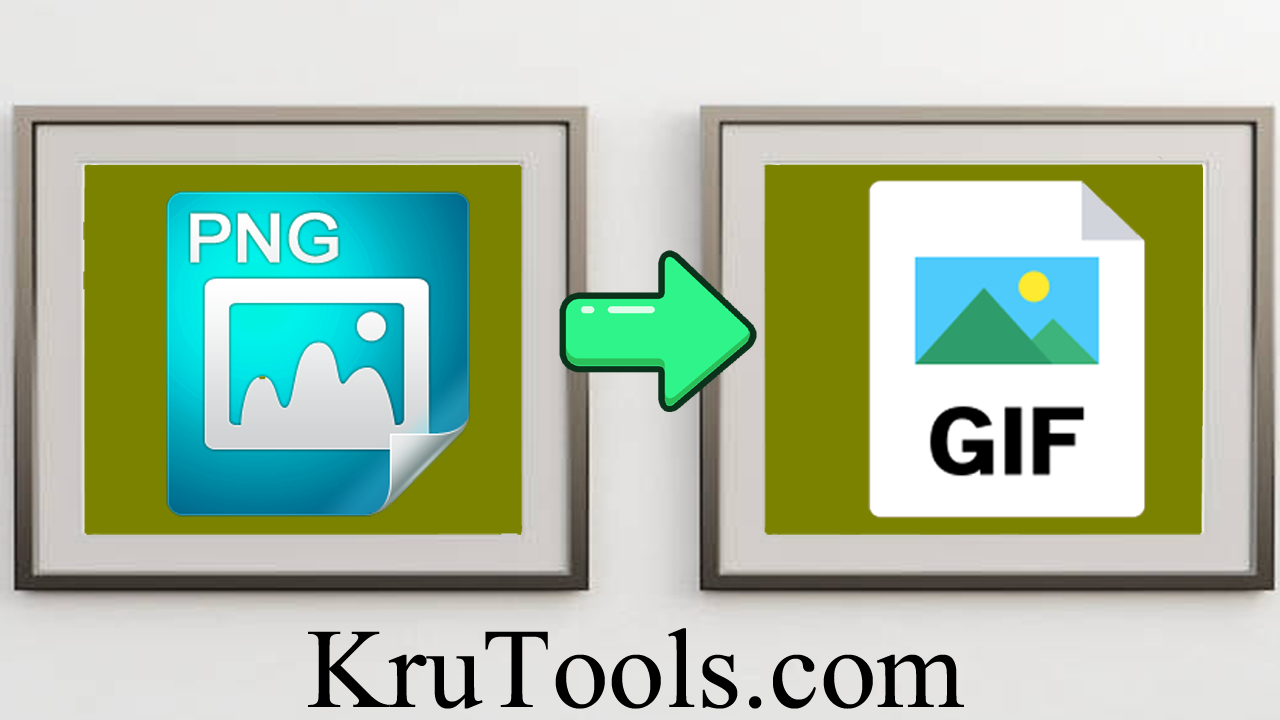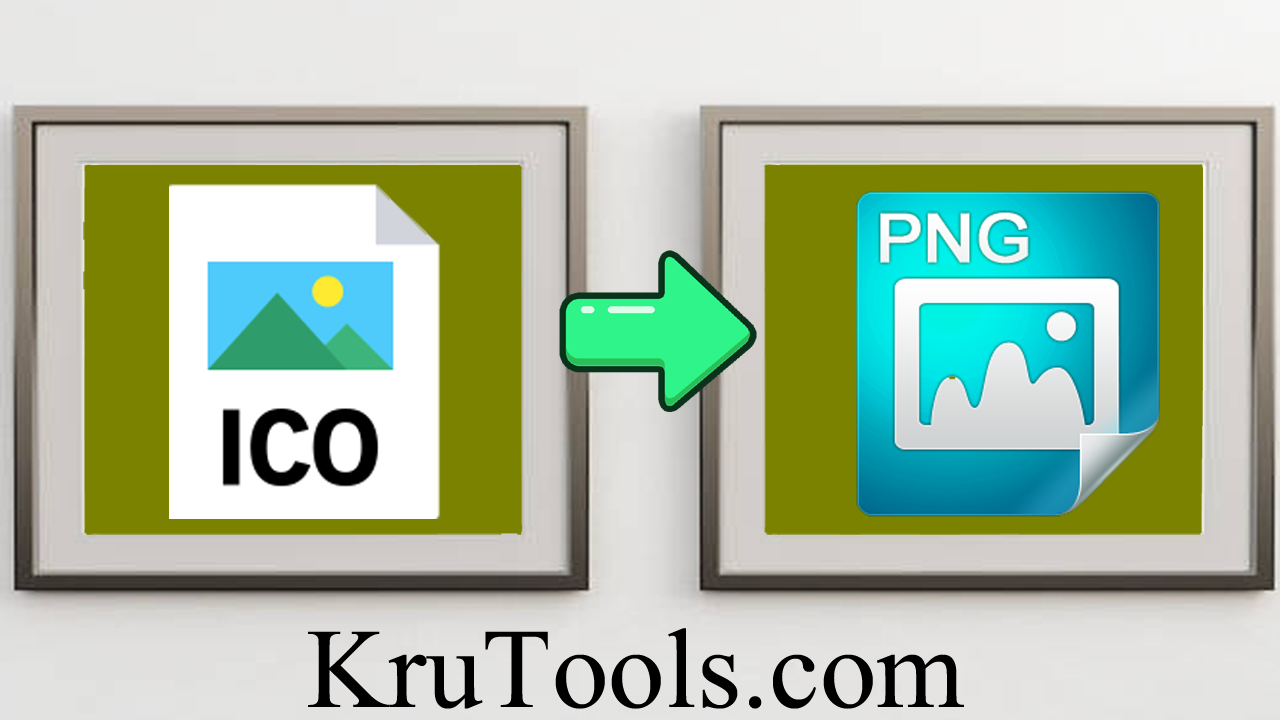
The Ultimate Guide to Building a Powerful Email List for Your Blog: Skyrocket Your Audience and Engagement

Are you struggling to grow your blog’s audience and increase engagement? Look no further! In this comprehensive guide, we’ll dive deep into the world of email list building for bloggers. We’ll explore proven strategies, compare top email marketing tools, and answer your burning questions to help you create a thriving community of loyal readers.

Why Building an Email List is Crucial for Your Blog’s Success
Before we jump into the nitty-gritty details, let’s take a moment to understand why email list building is so important for bloggers:
- Direct communication: Unlike social media platforms, email allows you to reach your audience directly, without relying on algorithms or third-party platforms.
- Higher engagement: Email subscribers are more likely to read and engage with your content compared to casual website visitors.
- Increased traffic: A well-maintained email list can drive consistent traffic to your blog posts and other content.
- Monetization opportunities: An engaged email list can be a valuable asset for promoting products, services, or affiliate offers.
- Long-term relationships: Email allows you to nurture relationships with your readers over time, fostering trust and loyalty.
Now that we’ve established the importance of email list building, let’s explore some effective strategies to grow your subscriber base.
10 Proven Strategies to Grow Your Blog’s Email List
-
Create irresistible lead magnets
Offer valuable resources such as eBooks, checklists, or exclusive content in exchange for email addresses. Make sure your lead magnets are highly relevant to your target audience and provide immediate value. -
Optimize your opt-in forms
Place opt-in forms strategically throughout your blog, including in the sidebar, at the end of blog posts, and as exit-intent popups. Use compelling copy and clear calls-to-action (CTAs) to encourage sign-ups. -
Implement content upgrades
Create specific, targeted lead magnets for individual blog posts. For example, if you write a post about productivity tips, offer a downloadable productivity planner as a content upgrade. -
Leverage social proof
Display the number of subscribers you have or testimonials from satisfied readers to build trust and encourage more sign-ups. -
Run contests and giveaways
Host contests or giveaways that require participants to sign up for your email list. Make sure the prizes are relevant to your niche and attractive to your target audience. -
Utilize social media
Promote your lead magnets and email list on social media platforms. Use eye-catching visuals and compelling copy to drive traffic to your opt-in pages. -
Guest blogging
Write guest posts for other blogs in your niche and include a bio with a link to your lead magnet or opt-in page. -
Create a landing page
Design a dedicated landing page that focuses solely on promoting your email list and its benefits. Use this page for paid advertising or as a destination for social media promotions. -
Offer exclusive content
Create a members-only section of your blog or offer exclusive content that’s only available to email subscribers. This can be a powerful incentive for readers to join your list. -
Leverage video content
If you create video content, include calls-to-action in your videos that encourage viewers to sign up for your email list. You can also use platforms like YouTube to drive traffic to your opt-in pages.
Comparing Top Email Marketing Tools for Bloggers
Choosing the right email marketing tool is crucial for managing and growing your email list effectively. Let’s compare some of the most popular options:
| Feature | MailChimp | ConvertKit | AWeber | GetResponse | Constant Contact |
|---|---|---|---|---|---|
| Pricing | Free up to 2,000 contacts | Starts at $29/mo | Starts at $19/mo | Starts at $15/mo | Starts at $20/mo |
| Ease of Use | 4/5 | 5/5 | 4/5 | 4/5 | 3/5 |
| Automation | 3/5 | 5/5 | 4/5 | 5/5 | 3/5 |
| Templates | 5/5 | 3/5 | 4/5 | 5/5 | 4/5 |
| Integrations | 5/5 | 4/5 | 4/5 | 4/5 | 3/5 |
| Analytics | 4/5 | 4/5 | 3/5 | 5/5 | 3/5 |
| A/B Testing | Yes | Yes | Yes | Yes | Yes |
| Landing Pages | Yes | Yes | Yes | Yes | Yes |
| Best For | Beginners | Bloggers & creators | Small businesses | Marketing agencies | Small businesses |
Each of these tools has its strengths and weaknesses, so it’s essential to choose the one that best fits your specific needs and budget. Many bloggers start with MailChimp due to its free plan and user-friendly interface, while others prefer ConvertKit for its powerful automation features tailored to content creators.
Best Practices for Nurturing Your Email List
Once you’ve started building your email list, it’s crucial to maintain and nurture it effectively. Here are some best practices to keep in mind:
-
Provide consistent value
Send regular newsletters or updates that provide genuine value to your subscribers. This could include exclusive content, tips, or curated resources related to your niche. -
Segment your list
Group your subscribers based on their interests, behavior, or demographics. This allows you to send more targeted and relevant content, increasing engagement and reducing unsubscribes. -
Personalize your emails
Use subscribers’ names and tailor content based on their preferences or past interactions with your blog. Personalization can significantly improve open rates and click-through rates. -
Optimize for mobile
Ensure your emails are mobile-friendly, as a large percentage of subscribers will likely read them on smartphones or tablets. -
Test and optimize
Regularly conduct A/B tests on subject lines, email content, and sending times to improve your email performance over time. -
Maintain a clean list
Regularly remove inactive subscribers and bounced email addresses to maintain a healthy list and improve deliverability. -
Be transparent about privacy
Clearly communicate your privacy policy and how you’ll use subscribers’ information. This builds trust and helps comply with regulations like GDPR. -
Provide easy unsubscribe options
Make it simple for subscribers to opt-out if they wish. This not only complies with legal requirements but also helps maintain a more engaged list.
Case Study: How Sarah Grew Her Blog’s Email List from 0 to 10,000 Subscribers in 6 Months
Sarah, a food blogger at TastyBites.com, implemented a multi-faceted approach to grow her email list:
- She created a series of themed recipe eBooks as lead magnets, each targeting a specific dietary preference (e.g., vegan, gluten-free, keto).
- Sarah optimized her opt-in forms using A/B testing and strategically placed them throughout her blog.
- She collaborated with other food bloggers for joint giveaways and cross-promotions.
- Sarah leveraged Pinterest to drive traffic to her lead magnet landing pages.
- She guest posted on popular food and lifestyle blogs, always including a link to her main lead magnet in her author bio.
By consistently implementing these strategies and providing valuable content to her subscribers, Sarah was able to grow her list from 0 to 10,000 engaged subscribers in just six months.
Leveraging Your Email List for Blog Growth and Monetization
Once you’ve built a substantial email list, you can use it to further grow your blog and even monetize it. Here are some ideas:
-
Drive traffic to new blog posts
Send email notifications when you publish new content to drive immediate traffic and engagement. -
Conduct surveys
Use your email list to gather feedback from your readers, helping you create content that resonates with their needs and interests. -
Promote affiliate products
Recommend relevant products or services to your subscribers, earning commissions on any resulting sales. -
Sell your own products or services
Use your email list to launch and promote your own digital products, courses, or coaching services. -
Attract sponsors
A large, engaged email list can be attractive to potential sponsors who want to reach your audience. -
Build anticipation for launches
Use your email list to create buzz and anticipation for new product launches or major blog updates.
Remember, the key to successfully monetizing your email list is to maintain a balance between promotional content and valuable, non-promotional content. Always prioritize providing value to your subscribers to maintain their trust and engagement.
FAQ: Your Top Questions About Building an Email List for Your Blog
1. How often should I email my subscribers?
The ideal frequency depends on your niche and audience preferences. Generally, aim for at least once a week to stay top-of-mind, but don’t exceed 2-3 times per week unless you have a good reason. Always prioritize quality over quantity.
2. Is it better to use a double opt-in or single opt-in process?
While single opt-in can grow your list faster, double opt-in generally leads to a more engaged and quality list. It also helps prevent spam complaints and improves deliverability. Consider your specific goals and audience when making this decision.
3. How can I reduce unsubscribes?
To minimize unsubscribes:
- Provide consistent value in your emails
- Segment your list and send targeted content
- Set clear expectations about email frequency during sign-up
- Allow subscribers to adjust their preferences or frequency
- Avoid over-promoting or sending too many sales emails
4. What’s the best way to write effective email subject lines?
Effective subject lines are:
- Concise (40-50 characters)
- Descriptive of the email content
- Personalized when possible
- Intriguing or benefit-driven
- Free of spam trigger words
Test different approaches to see what resonates with your audience.
5. How can I improve my email open rates?
To improve open rates:
- Write compelling subject lines
- Optimize your sender name and email address
- Send at the right time (test different times and days)
- Segment your list for more targeted content
- Clean your list regularly to remove inactive subscribers
- Use preheader text effectively
Remember, building and maintaining an email list for your blog is an ongoing process that requires consistency, creativity, and a focus on providing value to your subscribers. By implementing the strategies and best practices outlined in this guide, you’ll be well on your way to growing a thriving community of engaged readers who are eager to consume your content and support your blog’s growth.
For more insights on email marketing for bloggers, check out these valuable resources:
- Email Marketing Best Practices by MailChimp
- The Ultimate Guide to Email Marketing by Neil Patel
- Email Marketing Forum - A community of email marketing professionals sharing tips and strategies
Remember, the key to success is to continually test, learn, and adapt your approach based on your audience’s preferences and engagement. Happy list building!






